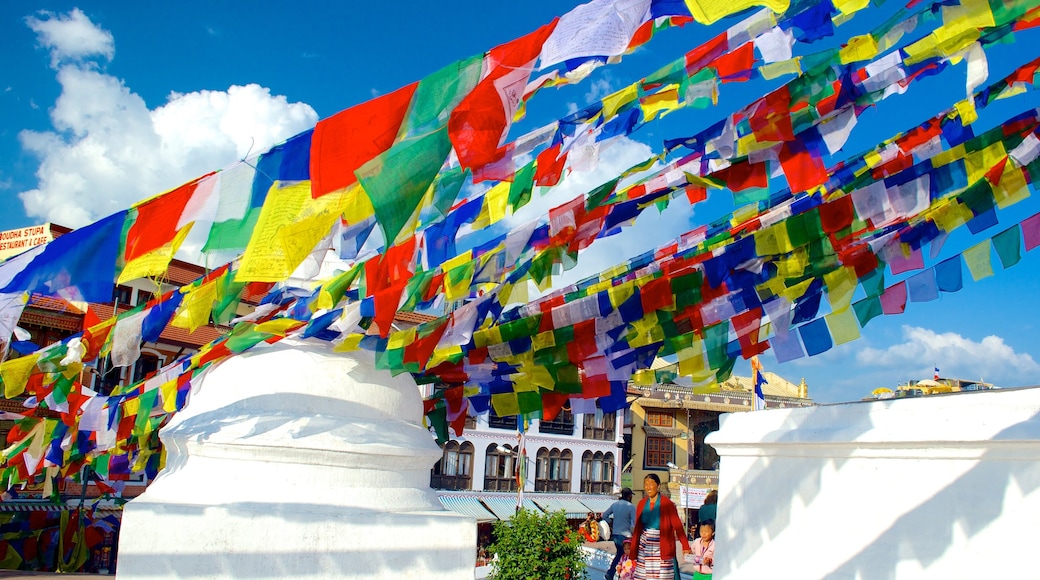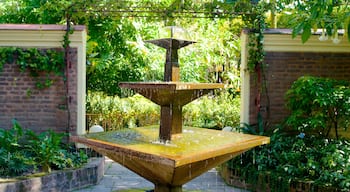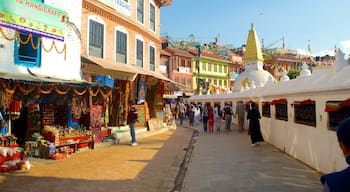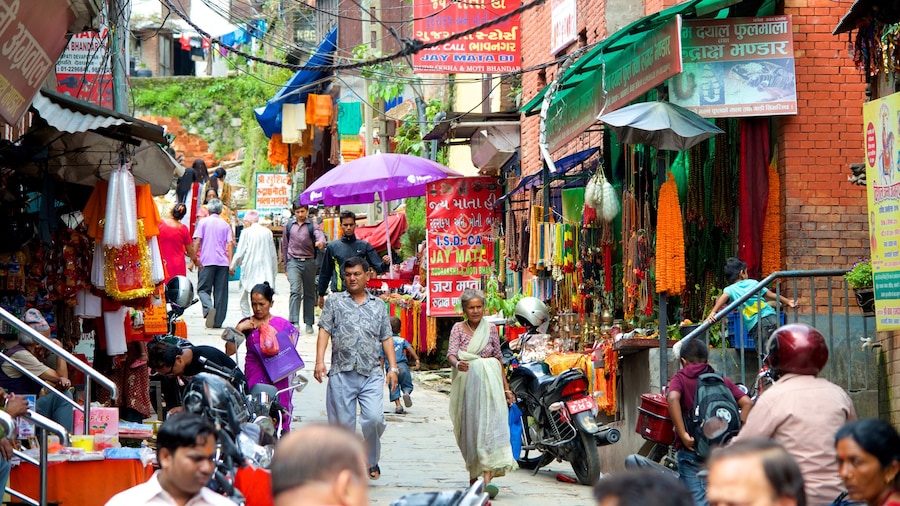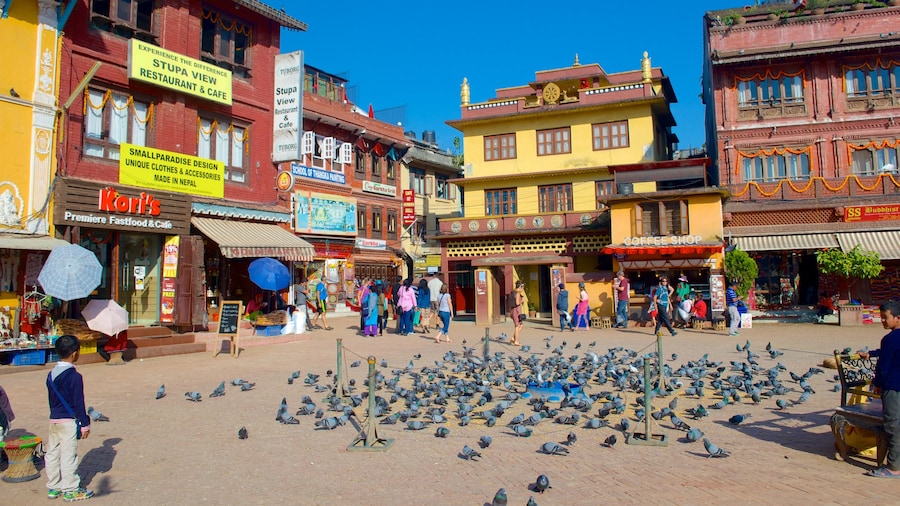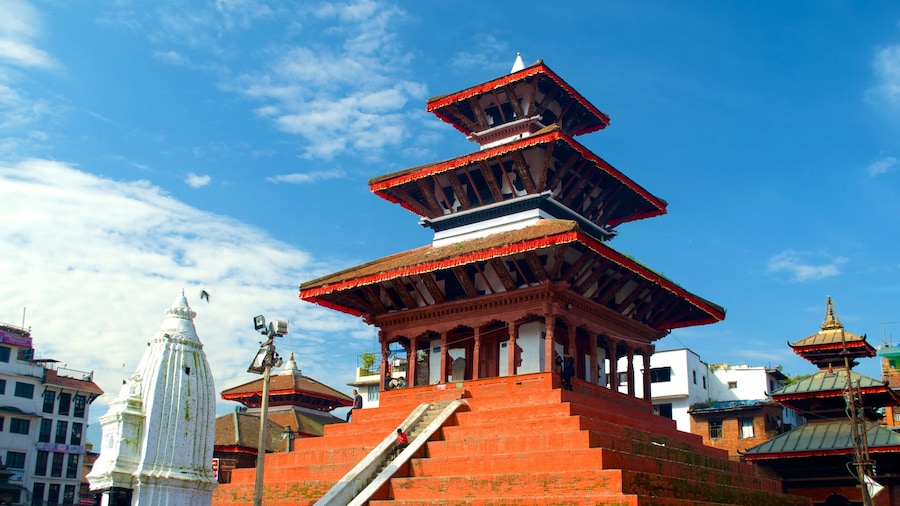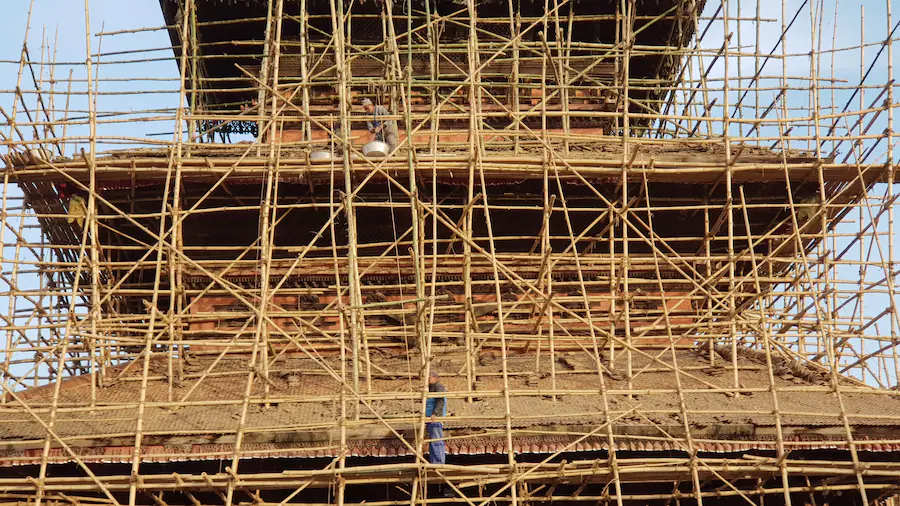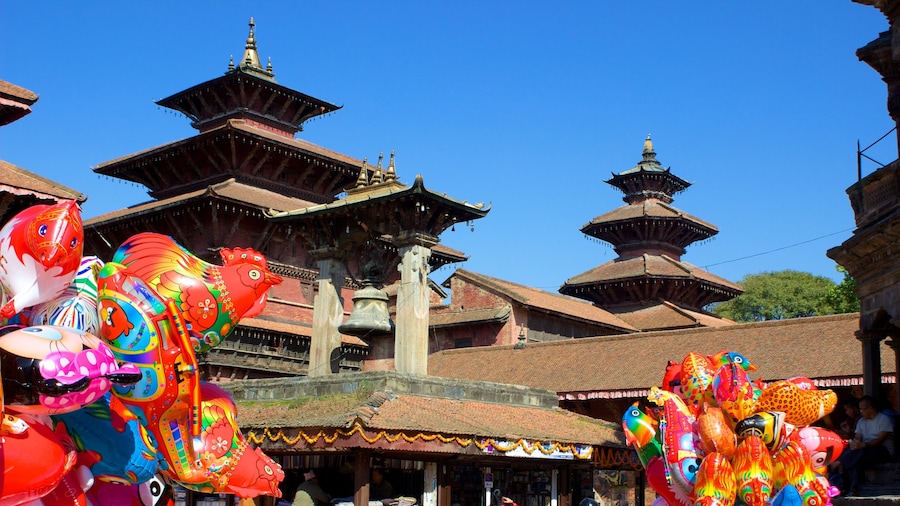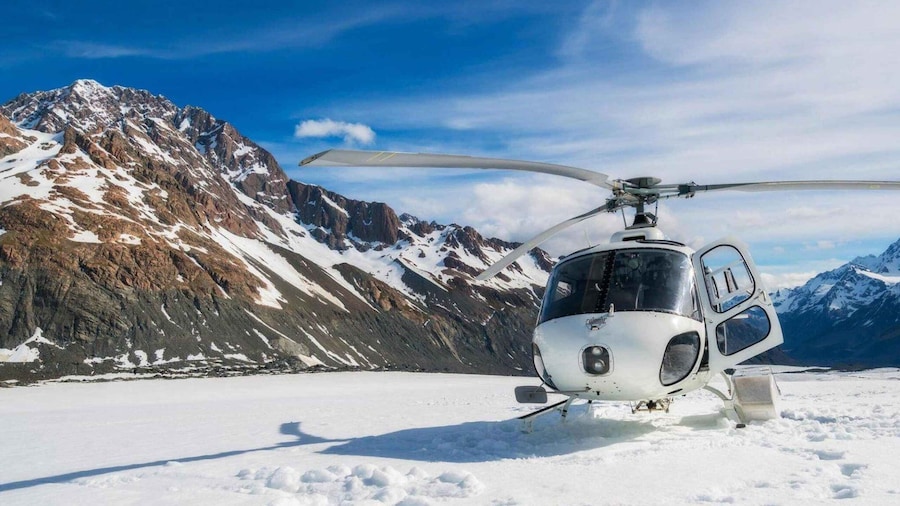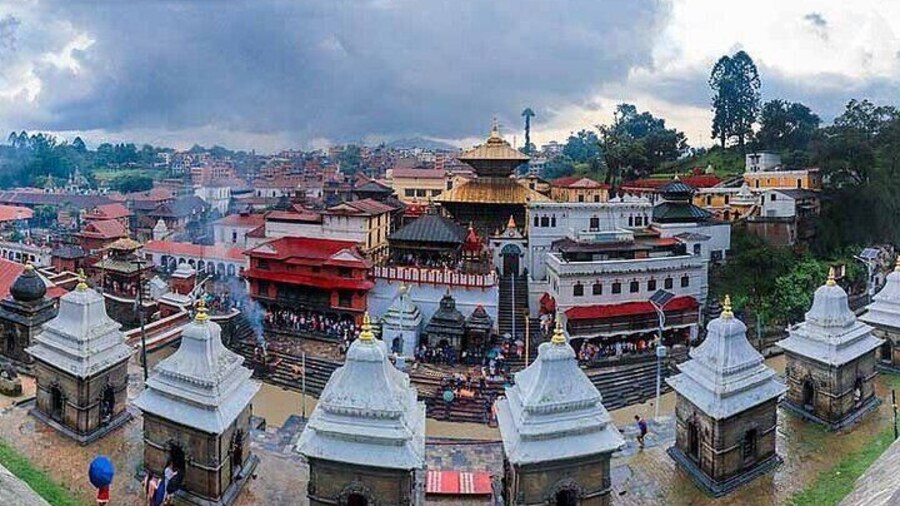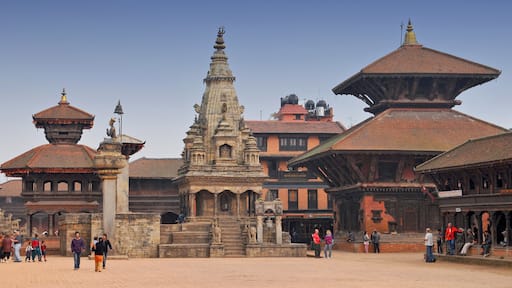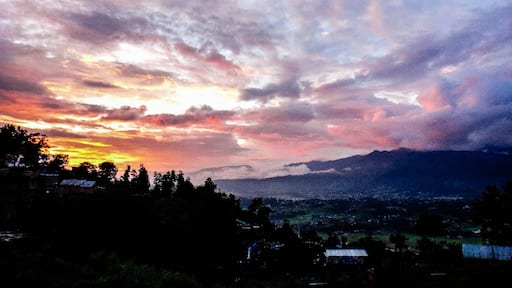This mountain-sheltered region at the foot of the Himalayas is filled with sacred sites of great beauty, religious importance and historic significance.
Buddhist and Hindu temples and monuments stand side by side in Kathmandu Valley’s ancient cities. Appreciate centuries-old architecture, trek along mountain paths and visit the home of a living goddess.
For more than a thousand years the Kathmandu Valley has been Nepal’s political, cultural and economic hub. Dynasties have come and gone, but cultures and traditions are preserved in the ancient temples.
Journey to Swayambhunath, a hilltop temple on Kathmandu Valley’s western edge. The religious compound is called Monkey Temple for the holy monkeys living here. Examine ancient carvings and statues in Changu Narayan Temple, a fourth-century Hindu shrine. Marvel at the rich ornamentation of Pashupatinath Temple. Go to the Buddhist holy site of Boudhanath, one of the world’s largest ancient stupas, believed to have been built in the 14th century.
Visit Kathmandu, Nepal’s largest city and capital, to explore the temples, palaces and monuments of Kathmandu Durbar Square. Climb up the nine-story Basantapur Tower at Hanuman Dhoka Palace, the former royal residence. Study the architecture of the three-tiered Taleju Mandir temple. Admire wood-carved reliefs of gods inside Kumari Ghar. This is the temple home of a young girl believed to be the incarnation of a Hindu goddess.
Nature lovers and hikers will delight in a visit to Kathmandu Valley. About 20 miles (32 kilometers) north of the capital city is Langtang National Park. The hiking trails climb up forested slopes and through deep gorges where you may see wild boar, gray langur monkeys and red pandas. Walk from Dhunche to Gosaikunda, an alpine lake and Hindu religious site the trek takes several days. Relax after your hike with Nepalese momo stuffed dumplings and chiya spiced tea.
Reach Kathmandu Valley by flying into Kathmandu's Tribhuvan International Airport. Hire a car and driver or get around by bus, taxi, motorbike or bicycle. Some roads are in poor condition and rides may be bumpy. This minor inconvenience is more than made up for by the valley’s natural beauty.



